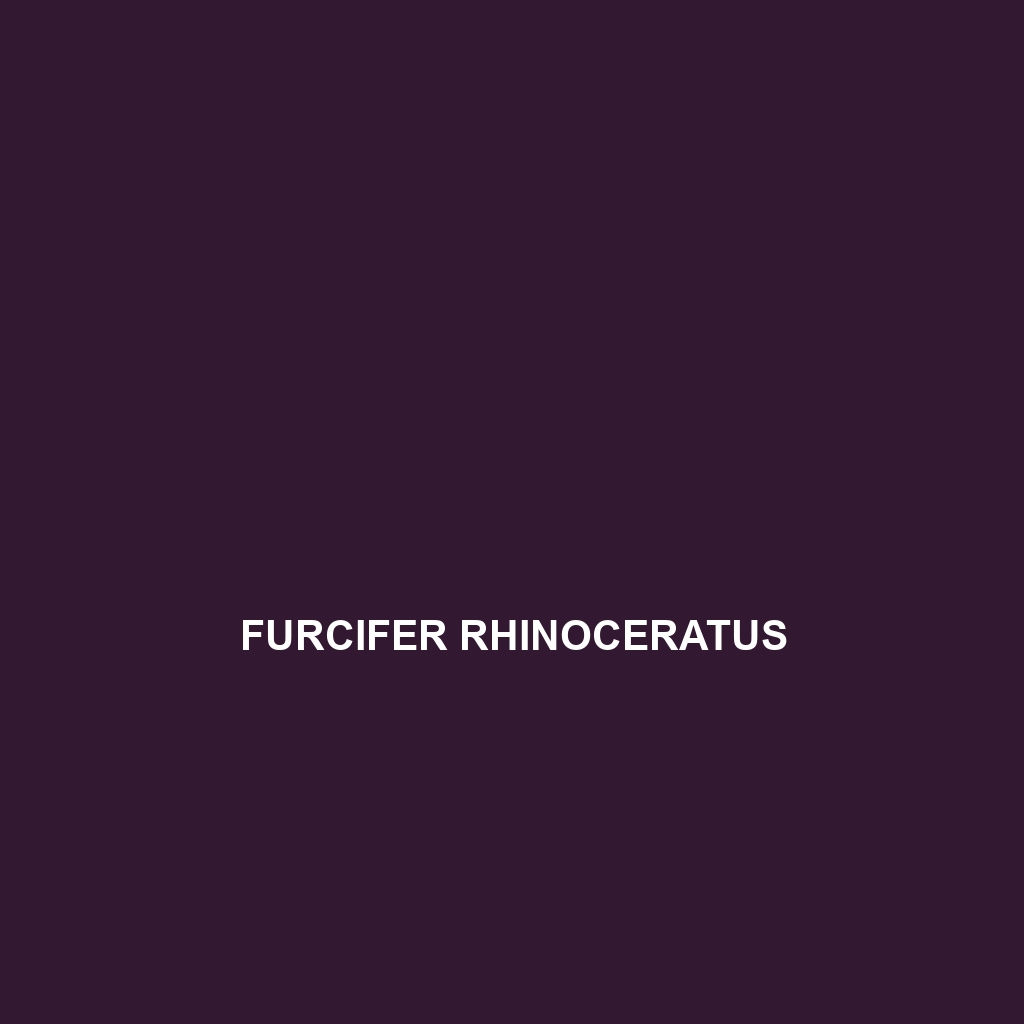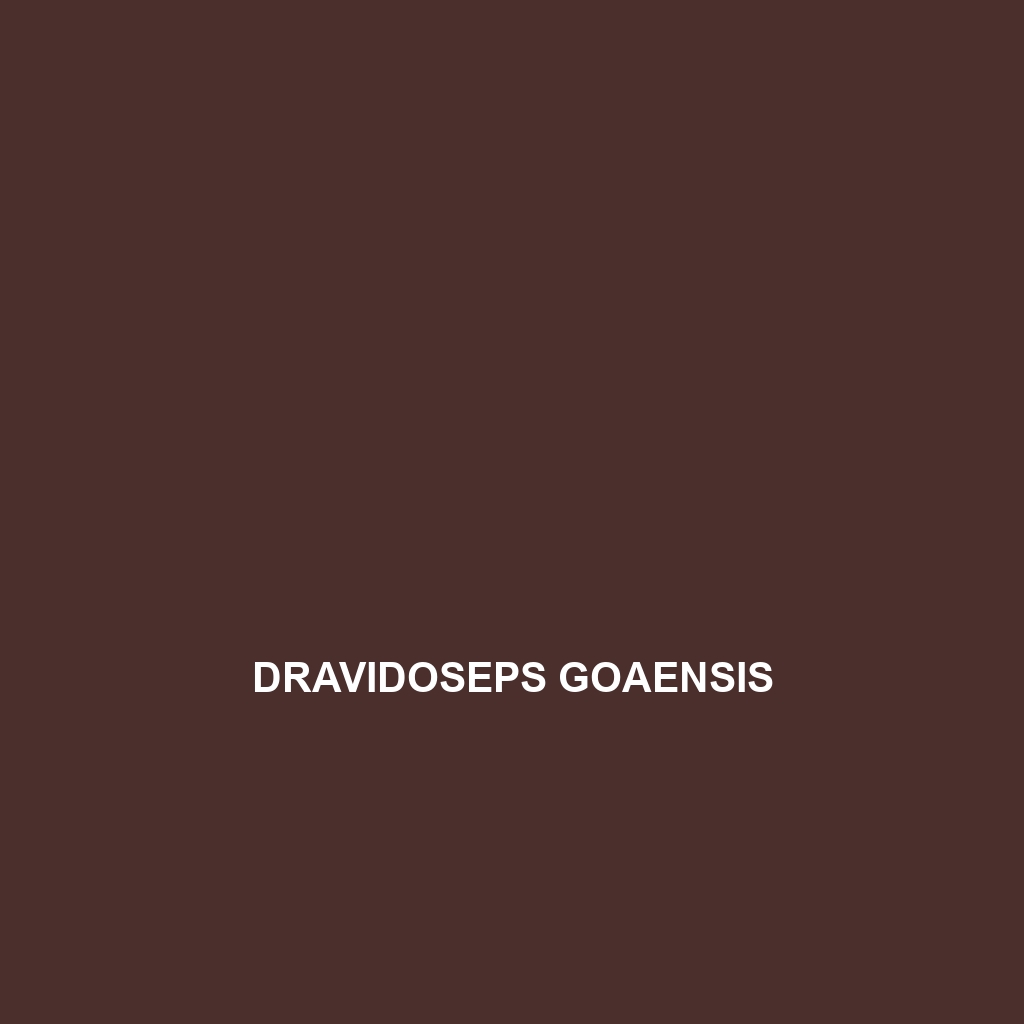Species Description of Subdoluseps malayanus Introduction The reptile known as Subdoluseps malayanus, commonly referred to as the Malaysian Snake Lizard, is a fascinating species within the Scincidae family. Hailing predominantly from Southeast Asia, particularly the lush and diverse ecosystems of Malaysia, this unique lizard has piqued the interests of herpetologists and wildlife enthusiasts alike due […]
Tag: endangered reptile species
Sphaerodactylus poindexteri
Discover the Sphaerodactylus poindexteri, or Poindexter's Sphaero, a small, nocturnal lizard native to the lush tropical rainforests and coastal regions of Puerto Rico. Measuring 2 to 4 inches, this unique species boasts excellent camouflage and distinct toe pads for climbing, playing a crucial role in insect control and maintaining ecological balance in its habitat.
Pachydactylus weberi
Introducing the Pachydactylus weberi, known as Weber's thick-toed gecko, a robust, nocturnal reptile from the arid regions of southwestern Africa. With its striking coloration for camouflage and specialized climbing abilities, this insectivorous gecko plays a crucial role in maintaining ecological balance by regulating insect populations.
Myrrophis dakkrongensis
Discover the striking Myrrophis dakkrongensis, a vulnerable species predominantly inhabiting Southeast Asia’s rainforests. This slender, camouflaged snake, measuring up to 80 cm, thrives in humid environments and plays a vital role in regulating local ecosystems as a nocturnal predator of small mammals and amphibians.
Lycodon sealei
Discover the <b>Lycodon sealei</b>, or Seale's Wolf Snake, a nocturnal predator thriving in tropical Southeast Asia's rainforests and savannas. With its slender body, distinctive coloration, and ambush hunting tactics, this fascinating species plays a crucial role in maintaining ecological balance.
Furcifer polleni
Common Name Furcifer polleni Scientific Name Furcifer polleni Habitat Furcifer polleni, commonly known as Pollens’ chameleon, primarily inhabits the lush rainforests and humid lowland forests of Madagascar. This species thrives in warm, tropical climates, characterized by high humidity and abundant rainfall, making these environments ideal for its survival. It is often found in dense vegetation, […]
Dravidoseps gingeeensis
<p><b>Dravidoseps gingeeensis</b>, a vulnerable species found in the humid forests of India's Western Ghats, boasts a slender body measuring 15 to 20 cm, a distinctive light brown to olive-green coloration, and a vibrant yellow belly. This nocturnal insectivore plays a critical role in its ecosystem by regulating insect populations and serves as both predator and prey in its biodiverse habitat.</p>
Dravidogecko meghamalaiensis
Discover the Dravidogecko meghamalaiensis, a unique nocturnal gecko native to the Western Ghats of India, featuring intricate brown and cream patterns, large eyes for enhanced night vision, and specialized toe pads for climbing. This vulnerable species plays a vital role in its ecosystem as an insectivore, helping maintain the delicate balance of its rainforest habitat.
Dipsas pakaraima
Dipsas pakaraima, a fascinating snake species thriving in the cloud forests and tropical rainforests of South America. Known for its slender body and coloration, this nocturnal predator primarily feeds on small amphibians and plays a vital role in maintaining ecological balance.
Cyrtodactylus rex
Introducing the Cyrtodactylus rex, a vibrant gecko species native to the tropical forests of Southeast Asia, known for its coloration and robust body, growing up to 25 cm. This nocturnal predator plays a crucial role in controlling insect populations while exhibiting fascinating behaviors and minimal parental care for its offspring.









